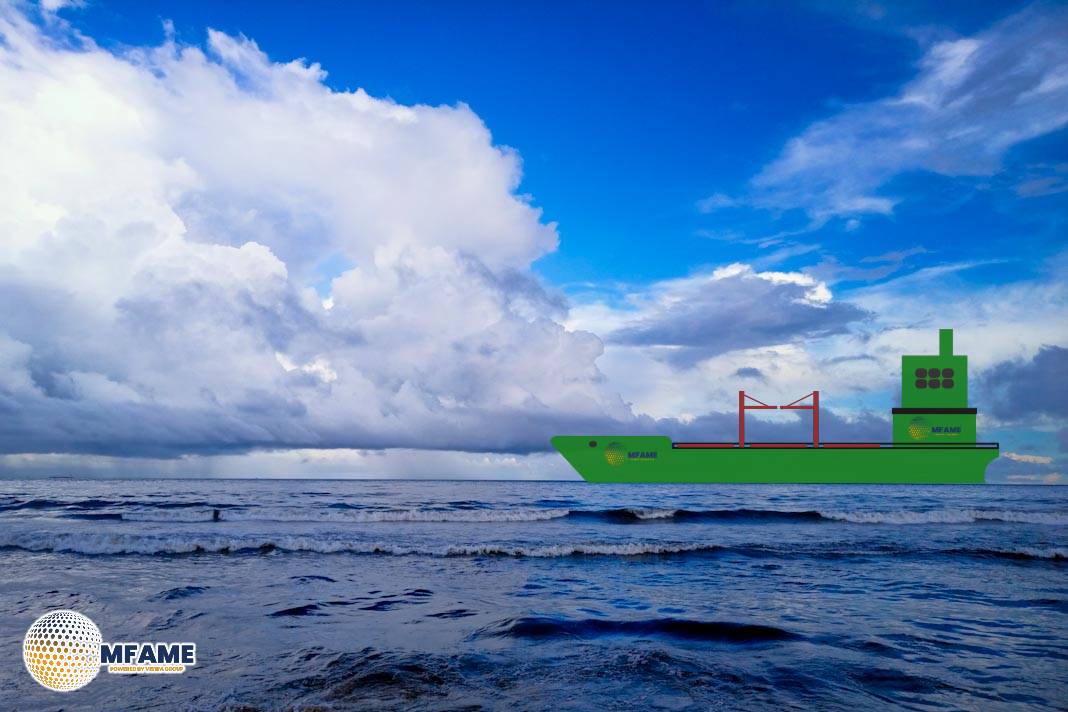The container shipping market is showing a marked divergence between long-term and spot freight rate dynamics this week, reports Container News.
Marked divergence between long-term and spot freight rate dynamics
The China Containerized Freight Index (CCFI) fell to 973.11 points in week 42 — marking a decline of 4.1 percent from the previous week and falling below the 1,000-point threshold for the first time in nearly two years.
In contrast, the Shanghai Containerized Freight Index (SCFI), which tracks spot shipments out of Shanghai excluding terminal handling charges, climbed by 12.9 percent to reach 1,310.32 points, marking its second consecutive week of gains. This contrasting movement between the two indices highlights the ongoing difference between contract and spot market conditions in container shipping.
A closer look at specific trade lanes reveals widespread weakness in the contract-rate segment. The CCFI’s east-west indices all declined: shipments to Europe dropped 1.5 percent to 1,267.91 points, the Mediterranean route slipped 3.2 percent to 1,461.91 points, the U.S. West Coast fell 6.7 percent to 725.45 points, and the U.S. East Coast decreased 3.9 percent to 858.26 points.
Further declines occurred on north-south routes. Freight rates to Australia and New Zealand were down 1.6 percent, the Middle East and Red Sea route plunged 11.1 percent, South America fell 5.1 percent, Southern Africa eased 0.9 percent, and East/West Africa declined 2.5 percent. Within Asia, the South Korea route recorded a modest 1 percent gain, while Southeast Asia and Japan fell 4.2 percent and 5.6 percent respectively.
The CCFI, launched in 1998 with a base value of 1,000, tracks contract-based freight export rates from China. Meanwhile, the SCFI, established in 2009, monitors spot export rates from Shanghai. The latest results show that while the long-term contract market continues to weaken under soft global demand, spot freight markets have found some short-term strength amid tighter capacity and shifting shipment volumes.
Did you subscribe to our Daily newsletter?
It’s Free! Click here to Subscribe!
Source: Container News























